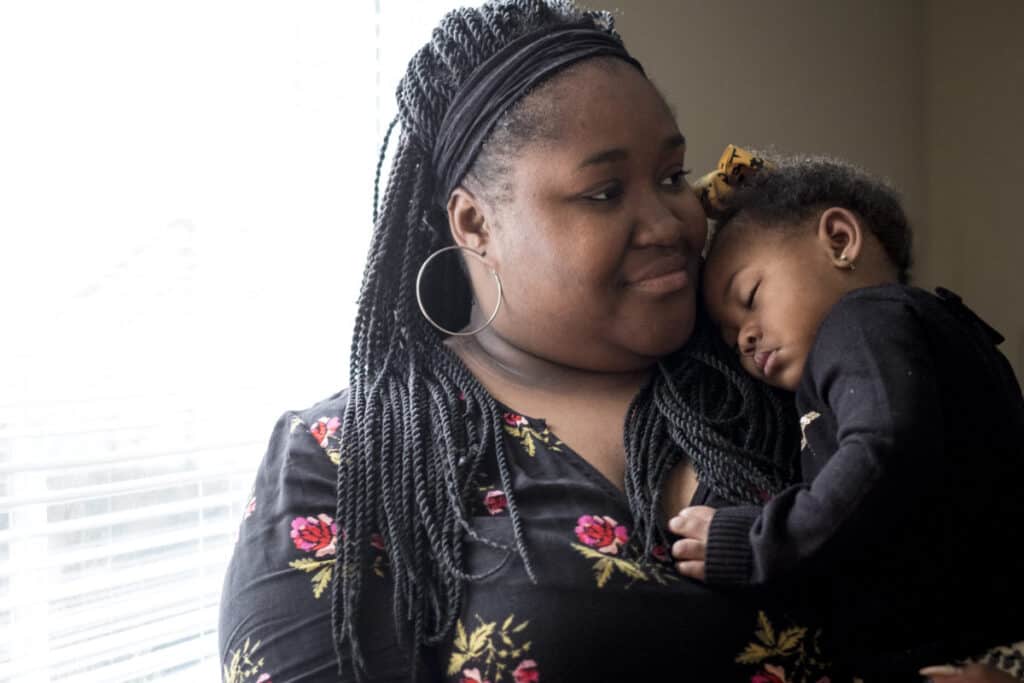If you have a child with a disability, you may be wondering about their pathway to graduation. Louisiana has two main graduation pathways for all high school students, including those with disabilities. If your child is in middle school or high school, helping choose their graduation pathway is part of the process of supporting their transition to life after high school.
- TOPS University Pathway: The traditional high school pathway
- Jump Start Career (or TOPS Tech) Pathway: Prepares students for a technical or community college AND trains them for a specific career
You may also hear about the Alternate Assessment/LEAP Connect pathway, for students with significant intellectual disabilities. (It’s not really a “pathway”, as it has no required courses. It’s just a different type of LEAP assessment.)
Each pathway has its own set of requirements. Your IEP team can help you and your child decide which is best.
Graduation Requirements are the courses a student needs to take (and pass) in order to graduate. They are listed in terms of Carnegie Units. A course counts as one Carnegie Unit if there have been 120 hours of class time. This is usually the same as a full year course, but not always.
Louisiana Graduation pathway option 1: TOPS University Pathway
This option is for students who plan to go to college. It is the traditional high school pathway.
If your child chooses this pathway, their high school transcript will show each course, the Carnegie Units earned, and the grades. Colleges will be looking at these things when they make their decisions to accept a student for admission.
This graduation pathway can be rigorous, and students with disabilities may need extra support to manage some of their classes. Be sure to add the supports they need when creating their transition plan. These supports may include accommodations or extra services like study skills classes. Also learn about the April Dunn Act, which can help your child adjust the testing methods to fit better with their learning needs.
See a more detailed list of TOPS University course requirements.
Option 2: Jump Start Career Or TOPS Tech Pathway
The Jump Start option is for students who want to train for a job during high school.
It will give them a jump start on getting the career and technical experience they’ll need to find jobs in Louisiana. It also prepares them for going on to a technical or community college.
When a student graduates from the Jump Start pathway, they’ll get a high school diploma and one or more credentials for a specific type of job. These credentials are called IBCs: Industry-Based Credentials.
What classes do you take?
- College prep classes: math, English, science, etc.
- Career education: training for specific jobs and courses in job readiness skills
- Training for specific jobs: for example, plumber, restaurant server, teacher, web developer, EMT (Emergency Medical Technician)
The career education courses prepare the students for specific jobs. Some courses address job readiness skills like basic computer use, communication, interviewing, etc.
- See a more detailed list of Jump Start / TOPS Tech course requirements
- See a list of IBCs offered in Louisiana high school Jump Start programs
Not all high schools offer all types of job training. Explore your high school’s Jump Start choices while your child is in middle school. Also, your child can take some Jump Start courses as electives, even if they are on the TOPS University pathway.
Learn more about Jump Start:
- Video: What is Jump Start? (less than 2 min.)
- Video: What is a Jump Start Pathway? (2:29)
- Video: Industry Based Credentials – IBCs (2:20)
- More videos from the Jump Start Video Network
- Jump Start Career Education
Alternate Assessment/LEAP Connect pathway
If your child’s disability affects their ability to follow the standard requirements for the diploma, they can take this route.
- This is only for students on the Jumpstart pathway or for those who are not working toward a diploma.
- Students do not have to follow the course requirements and will take modified assessment tests.
- The courses can be geared toward skills that they can use to meet their personal goals. They may focus on life skills more than academic skills.
- Students CAN earn a diploma, but their transcript will reflect this alternate assessment status. It will show a less rigorous course of study and they will not have a Grade Point Average (GPA).
The Individual Graduation Plan (IGP)
Once you have chosen a graduation pathway and written the transition plan, you can work with your IEP team to complete an Individual Graduation Plan (IGP).
The IEP team will work together to create the IGP, which describes a student’s path through high school. It includes what courses they will take and how the teachers will assess their performance
An IGP will help to coordinate your child’s courses and make sure they complete the requirements for graduation and for their college or employment goals.
See a blank IGP form.
Here’s what you can do:
- Work with the IEP team to create (and follow!) a graduation plan you and your child feel is best. It should mesh their graduation pathways, transition plan, and college or employment goals
- Monitor how things are going for your child, and encourage them to speak up if they think they need more support or want to change some of their goals
- Make sure all services and accommodations listed in the IEP or 504 plan are being done



